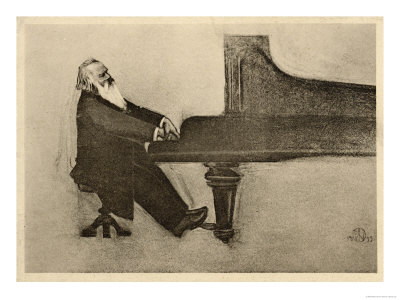The root of Brahms’ music lies in the tension between the duple and the triple rhythmic pulse. The inspiration for this can be traced back to his great fondness for the so-called “gypsy” music of Hungary.
In 1852, as a nineteen-year-old pianist, the young Brahms accompanied the Hungarian violinist Eduard Remenyi, whose musical style was greatly influenced by the verve and freedom of the gypsy violin. Brahms developed a great affection for this style and in 1869 wrote his Hungarian Dances for piano duet based upon Magyar folk melodies. He later orchestrated many of these Dances and they are part of our standard repertoire today.
Hungarian Dances
Composed in 1869
By Johannes Brahms






